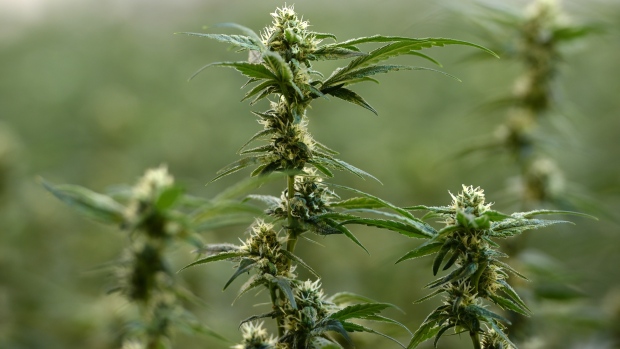Apr 12, 2017
3 big unknowns ahead of Canada’s cannabis legislation

Burning questions still cloud visions of what a legal Canadian market for recreational marijuana will look like. That uncertainty remains barely 24 hours before the federal government is expected to unveil legislation by midday Thursday mapping out the path to legalization. Below, BNN takes a look at three of the most significant unknowns investors are hoping to see clarified soon.
AGE
In late 2016, the federal Task Force on Cannabis Legalization and Regulation issued more than 80 recommendations to Ottawa, offering several specific ideas for the coming recreational regime. Among them was a call to set the minimum age to legally purchase marijuana at 18 years old. Similar to the way Canada currently treats alcohol, the task force recommended provinces have the power to put higher age limits in place. However, the Canadian Medical Association has urged Ottawa to set the limit higher, at 21 years old, with restrictions on potency and quantity on anyone under 25 years old. The Ottawa Board of Health went even further in its recommendation, urging Ottawa to ban legal access to cannabis for anyone under 25 years old. The age limit will be critical for investors since the lower the limit ends up being set, the larger the potential market, which Forum Research estimates could be as large as 8 million customers by 2021; but that assumes anyone 18 years old or older will be able to purchase legal cannabis.
GROW YOUR OWN
Investors expecting Canada to have a multibillion-dollar recreational marijuana market within about five years of legalization are assuming consumers will have to pay for the cannabis they consume. It might seem like a safe assumption, but that may not necessarily be the case. Among the task force report’s recommendations was an endorsement of personal marijuana plant cultivation. Specifically, the task force urged Ottawa to allow every Canadian household to grow up to four plants, as long as none were taller than one metre. If the federal government follows that advice, then every Canadian who chooses to grow their own cannabis will count as one less customer for what Canaccord Genuity is hoping will be a $6-billion market by 2021.
PROVINCIAL PROBLEM
The vast majority of Canadians will experience the legal marijuana market in ways not determined by the federal government. Details such as where marijuana will be sold and how it will be distributed are widely expected to fall under provincial jurisdiction. That means, much as the case with alcohol, how a Calgary resident goes about buying marijuana could differ greatly from the experience of someone living in Montreal. While the federal task force did recommend sales occur through independent store fronts and through the mail – as opposed to using preexisting provincially-owned liquor store chains as some have suggested – there is no reason to assume that advice will be followed. Most provincial governments have said they are waiting to see the federal legislation before moving forward on crafting their own laws relating to distribution and sales, meaning little progress has been made on that front thus far. With Ottawa reportedly targeting July 1st 2018 for the recreational marijuana regime to be operational, how Ottawa sets up the handoff on distribution and sales to the provinces will be critical in determining whether that start date will have to be delayed.


